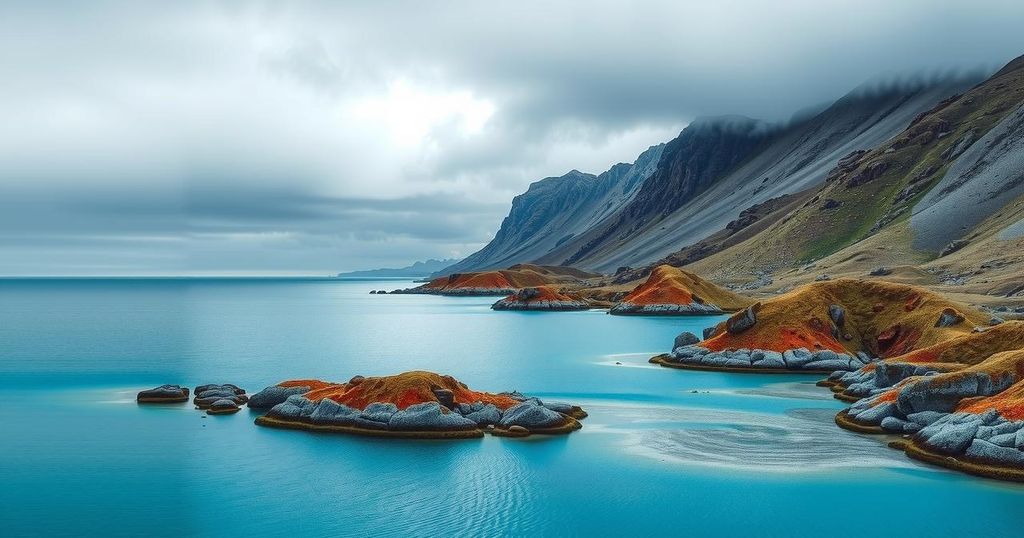Lake Titicaca’s Indigenous communities are grappling with climate change and pollution, leading to dwindling water levels and ecological degradation. Pioneering leaders like Gonzalo Pusari emphasize local efforts to combat these issues through sustainable practices. Collaboration between Bolivia and Peru is vital for effective management, while grassroots initiatives among women, such as Rosa Jalja and Rita Suaña, reflect a commitment to restoring the lake’s health and cultural significance.
At Lake Titicaca, the Indigenous communities confront severe challenges due to climate change and pollution as the lake’s water levels decline drastically. Gonzalo Pusari, a community leader, highlights the shift from predictable natural cycles to an uncertain future. Lake Titicaca, the highest navigable lake in the world and a crucial resource for over three million people, is currently enduring ecological and cultural threats.
The lake’s tributaries, notably the Huancané and Ilave rivers, are heavily polluted from industrial activities and unregulated mining, posing health risks to the local populace. As snow and ice from the nearby Illimani mountain diminish, Titicaca’s water levels suffer significantly, exacerbated by rising temperatures and changing precipitation patterns. Marco Limachi, a researcher, explains that these factors dramatically impact the lake’s ecosystems, leading to increased microalgae growth that harms fish populations.
The tangible effects of climate change manifest in shriveling shorelines and a stark drop in rainfall, which has declined from 50 millimeters per year to 15. This reduction in precipitation has transformed the landscape, where areas once submerged are now dry and suitable for grazing. Limachi points to the urgent need for collaborative efforts between Bolivia and Peru to develop sustainable water management solutions and climatic adaptation strategies.
Xavier Lazzaro from the Autonomous Binational Authority of Lake Titicaca (ALT) stresses that human interference has accelerated lake aging through eutrophication due to untreated wastewater discharge. While there are hopeful ecological restoration initiatives utilizing native plants, Lazzaro notes the necessity for comprehensive technological and educational programs to protect the lake’s health.
Rosa Jalja, an Aymara leader, exemplifies grassroots activism through her community’s efforts to protect the lake while teaching future generations about preservation. The work of women across 14 municipalities underscores the communal commitment to safeguard Lake Titicaca as they engage in beach clean-ups and environmental education programs.
Rita Suaña, a Uro activist, eloquently connects her cultural identity to the narrative of the water’s plight. Her community traditionally built floating islands from totora reeds, now increasingly difficult to source amid environmental decline. This has led to a shift towards tourism for economic sustainability, yet the adverse impacts of pollution remain palpable through reduced fishing and health issues.
Despite the multifaceted struggles they face, the Uro people, including Suaña, refuse to abandon their ancestral home, advocating for meaningful governmental support while striving to combat external profit-driven entities hindering their efforts. Their resilience reflects a deep-seated bond with Lake Titicaca—a sacred source crucial to their identity and survival.
In conclusion, the challenges facing Lake Titicaca and its Indigenous communities encapsulate a profound environmental crisis exacerbated by pollution and climate change. The residents’ determination showcases their commitment to protect their ancestral land, as they implement collective solutions to combat ecological threats. Advocacy for governmental support, sustainable practices, and cultural preservation remains essential to ensure the lake’s future and the livelihoods dependent upon its waters.
Original Source: www.preventionweb.net




